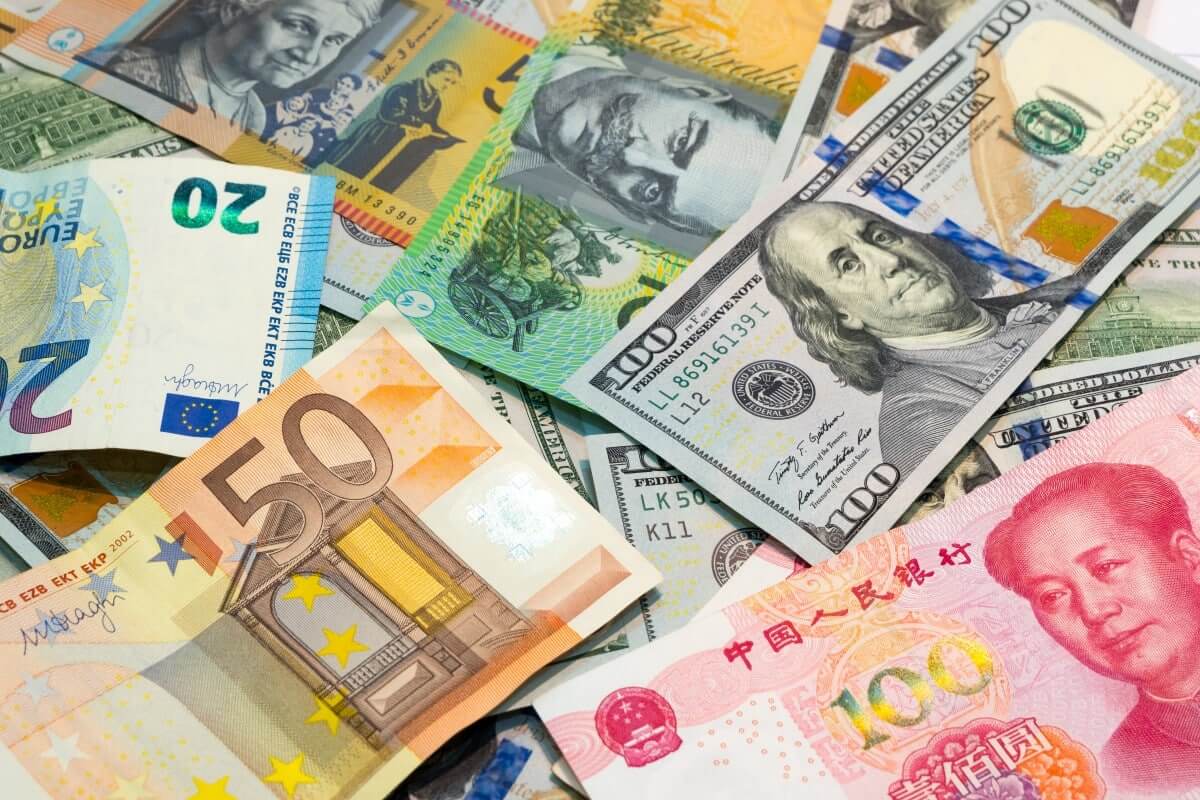
Dollar Index Falls 0.1% Amid CPI Anticipation
- The dollar index and futures dipped by 0.1% amid anticipation of U.S. interest rate cues.
- January’s CPI data, expected to ease yet remain above the Fed’s 2% target, could influence continued high rates.
- Upcoming speeches by Fed officials, including Kashkari, Daly, and Bostic.
The dollar index and its futures have experienced a slight decline, each falling by 0.1% in Asian trading sessions. This movement reflects traders’ anticipation of crucial information that could influence the direction of U.S. interest rates. There is an expectation of slightly easing inflation, with the January CPI data scheduled for release on Tuesday. The persistence of “sticky” price pressures, particularly in the core CPI measure, suggests that inflation will remain significantly above the Federal Reserve’s annual 2% target. This situation is likely to reinforce the Fed’s determination to maintain elevated interest rates to tackle inflation.
Federal Reserve’s Stance: A Barrier to Early Cuts
The financial community is keenly awaiting insights from several prominent Federal Reserve officials scheduled to speak this week. Figures such as Neel Kashkari, Mary Daly, and Ralph Bostic are expected to discuss the current economic landscape. The consensus among market participants is that these speeches will likely emphasize a cautious approach to monetary policy. Hence, it might temper any early expectations for rate cuts. This stance is crucial as it helps regulate market speculation and guides investors towards a more nuanced understanding of future monetary policy adjustments.
Yuan Drops 0.1% in Offshore Trading
The anticipation of the Federal Reserve’s policy direction has impacted Asian currencies, with several experiencing declines against the dollar. The Chinese yuan, Australian dollar, and South Korean won each decreased by 0.1%. The yen’s position is particularly notable, trading near its weakest level since late November at 149.23 to the dollar, making it the poorest performer among Asian currencies in 2024. This trend highlights the significant impact of U.S. monetary policy and inflation expectations on global currency markets.




